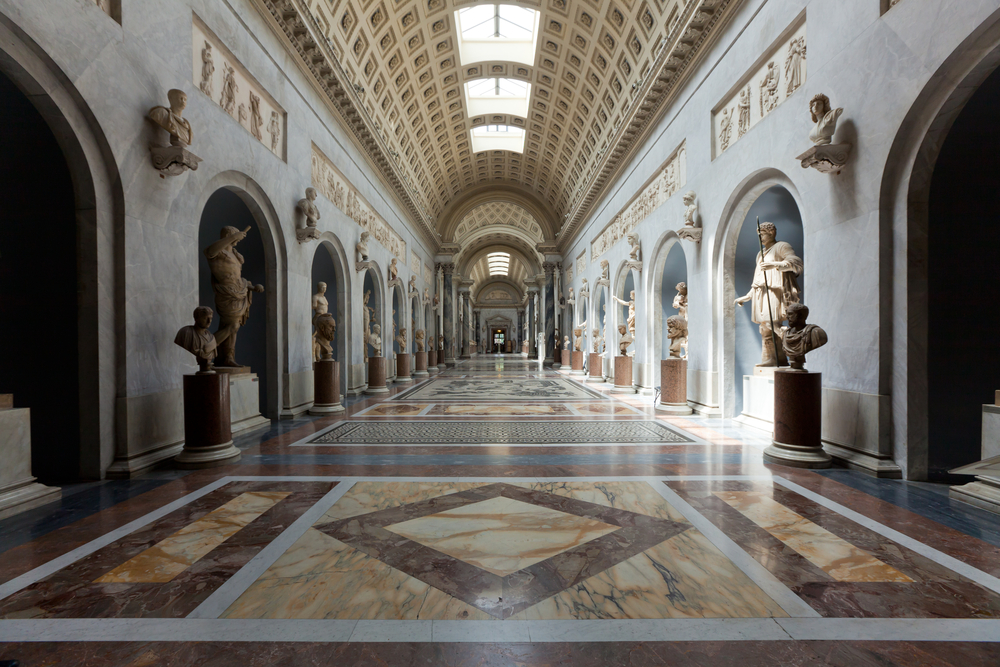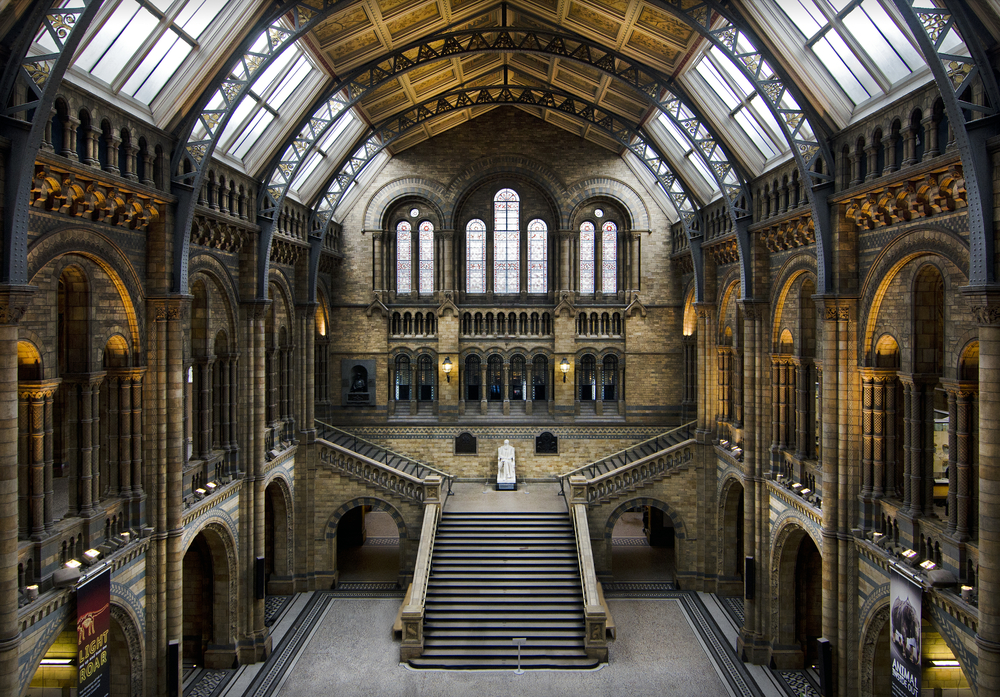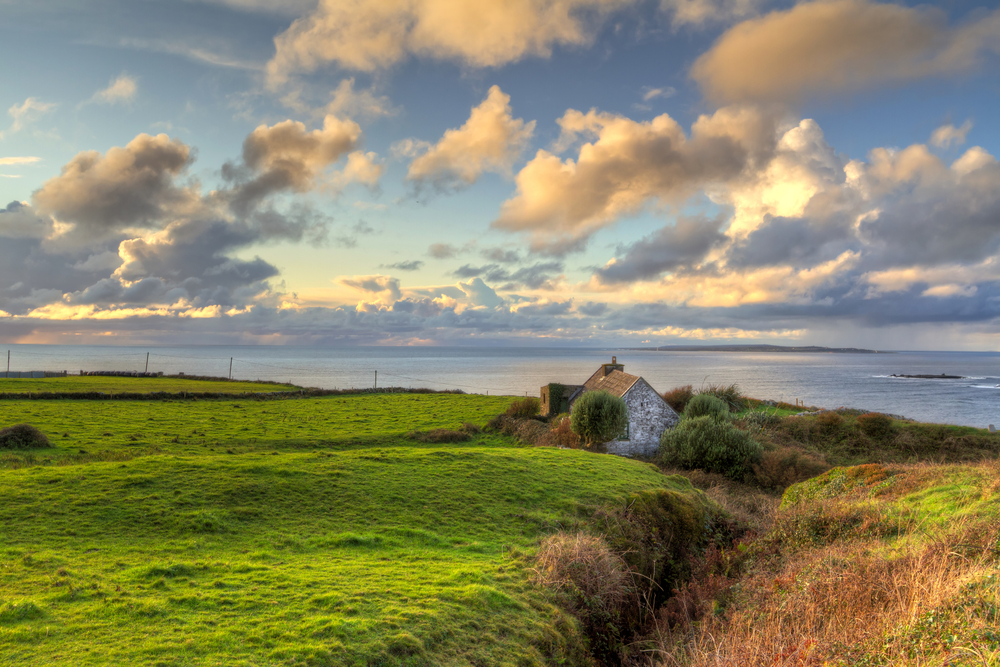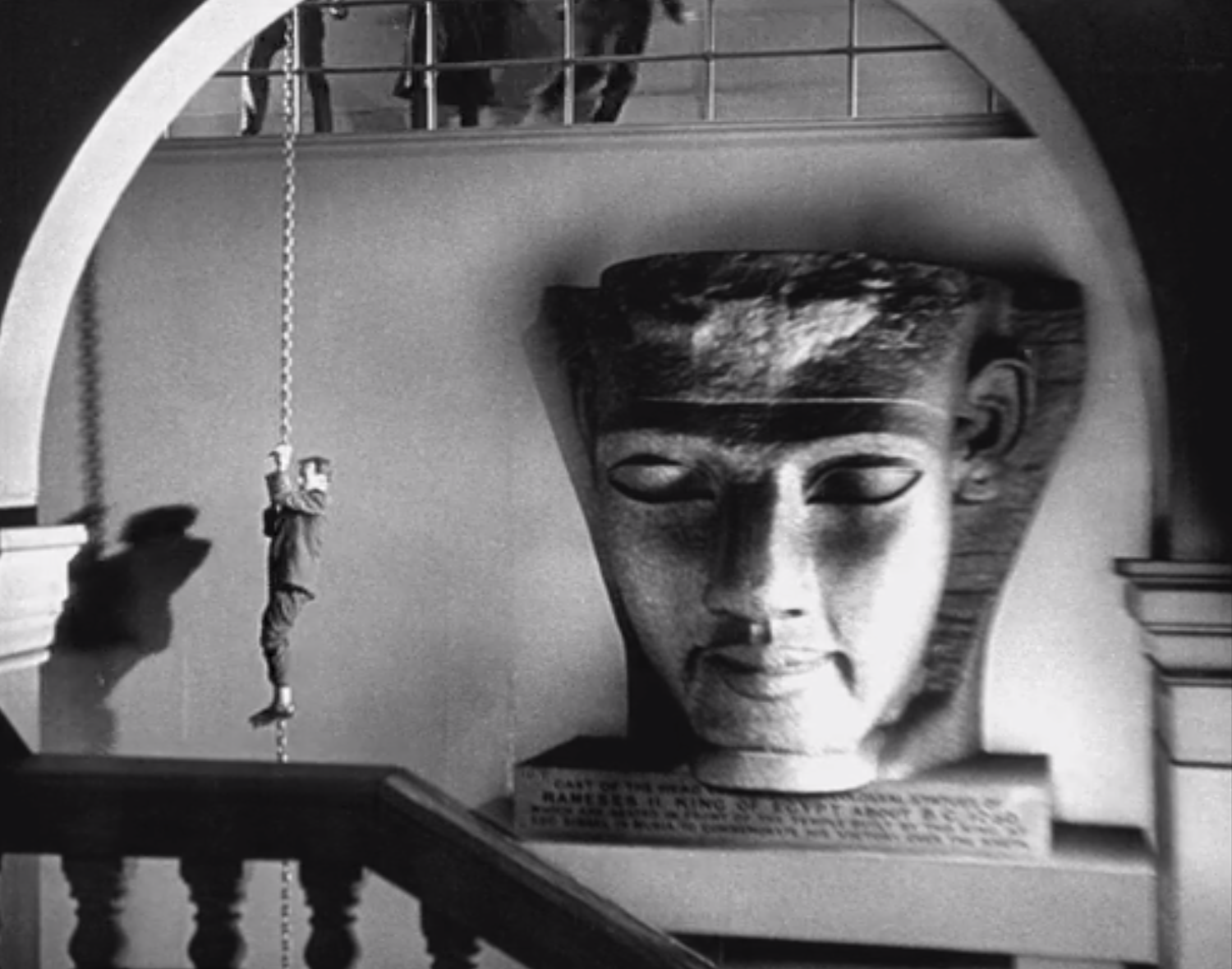Alas, our favorite museums are closed for the near future, but we can still visit them in the movies. Even though museums are mostly places for the contemplation of motionless objects and works of art, they are visually compelling and filled with things to spark our imaginations. Until we can go back into the galleries I am going to suggest some movies to take their place.
I taught a course on the History of Museums for ten years at the Harvard Extension School and during that time developed a “Film-clip Festival” to amuse students at the end of each term, and to explore pop-culture images of museums. Are museums in movies all that different from the institutions we love in the real world, I wondered? Indeed they are! About half of the museums depicted on film have a monster on the loose, and a significant number of others are being robbed!
In 125 movies made between 1911 and 2019 that includes a scene set in a real or fictional museum, eight themes can be identified that are most commonly explored.
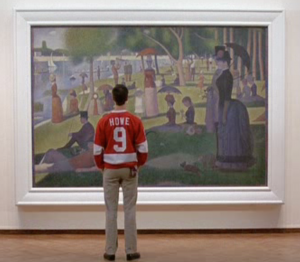 In order of popularity they are:
In order of popularity they are:
- Monsters are on the loose.
- Criminal activity is taking place, usually a robbery of gemstones or paintings.
- Museums are a good place to bring a date or to meet potential dates or sex partners.
- Art and/or cultural objects are inspiring, educational, or objectionable in some way.
- Museums are where snobbish society hangs out, usually at gala events (consequently it is a good place for them to be embarrassed, robbed or eaten by monsters from number one above).
- A famous museum can help to establish the identity of a specific local setting.
- Information is hidden in the collection (or old technology is only available there).
- The actual subject content of a museum is used to move the plot forward.
There are some perennial sub-themes as well:
- Association with a museum can quickly define a character (as rich and connected if they are a trustee or donor), and as smart (but frequently goofy) if they work there.
- School children in groups are either totally bored, or out of control and being yelled at.
- Museum directors are snobbish idiots and usually British, even in U.S. museums.
Here are some recommendations for films in the first four categories:
1. Monster on the Loose
The Relic, released in 1997, covers two bases here, as there is both a monster on the loose—an Amazonian Kathoga that eats human brains—and a society gala to launch the new “Superstition” exhibit. Watch out fancy people!
Directed by Peter Hyams and starring Penelope Ann Miller, there are a lot of brains to grapple with in this endeavor. Linda Hunt plays the museum director, who cannot stop the gala because the mayor is coming!
Available on Amazon and included with a Prime membership.
2. Gemstone Robbery
The Hot Rock (1972) features Robert Redford as one of a hapless gang of thieves who rob the Brooklyn Museum of a famous African diamond. There are too-brief references to the colonialism that has long underpinned the diamond business, but this is a comedy with Redford’s character, recently released from prison, convinced to participate in a caper he would rather avoid. Directed by Peter Yates; George Segal, Ron Leibman, and Paul Sand make up the rest of the criminal crew.
Available on HDFY at https://hdfy.to/movies/action/the-hot-rock-1972-watch-online
3. The Museum Date
Angie (1994). Geena Davis plays the title character: a pregnant, partnerless woman with a world of woes, in this film set in New York City. Twenty minutes into the film she aimlessly follows a group of school children into the Metropolitan Museum and meets the love of her life played by Stephen Rea. It isn’t exactly love at first site (not for her anyway), but they have an interesting discussion about the painting “In a Café (Absinthe)” by Edgar Degas. This painting (which is actually at the Musée d’Orsay in Paris, and not at the Met) depicts a boozy old couple and looks to Angie “like a lot of marriages I’ve seen.” They proceed to get kicked out of the museum because she is eating crackers for nausea. (As a note here, I’m going to talk at some point in the future about the Thomas Crown Affair, in which Pierce Brosnan’s rich guy eats a flaky pastry in the French Impressionist gallery at the Met, while casually chatting with the guard. Yikes!)
Rent for $2.99 on Amazon Prime.
4. Art as Inspiration
Ferris Bueller’s Day Off (1986). No film captures an individual’s moving encounter with a work of art better than this charmer, directed by John Hughes and starring Matthew Broderick. Taking two friends with him around Chicago while playing hooky from school, Ferris goes into the Art Institute. His friend Cameron, played by Alan Ruck, is immobilized in front of the pointillist painter Georges Seurat’s large painting “A Sunday on La Grande Jatte” from 1884. The camera goes back and forth between Cameron’s face and the child at the center of the painting, until his big blue eyes shimmer with tears and the little girl dissolves into dots of paint. Lovely!
Available on Netflix, or rent for $2.99 on Amazon Prime.




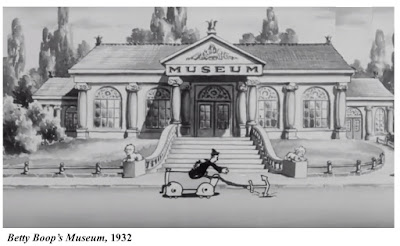

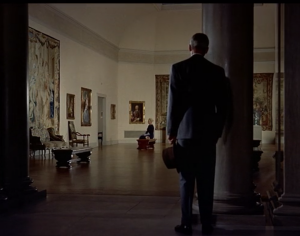
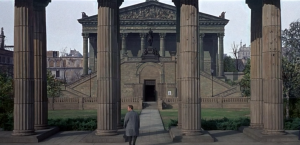
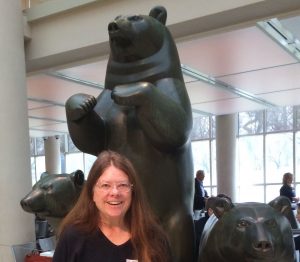 Mary Malloy is the author of both historical novels and non-fiction history. She has a Ph.D. from Brown University and infuses her books with well-researched details and richly textured writing. As a teacher and writer, she works to bring the past alive by exploring the lives of both ordinary and extraordinary people.
Mary Malloy is the author of both historical novels and non-fiction history. She has a Ph.D. from Brown University and infuses her books with well-researched details and richly textured writing. As a teacher and writer, she works to bring the past alive by exploring the lives of both ordinary and extraordinary people. 